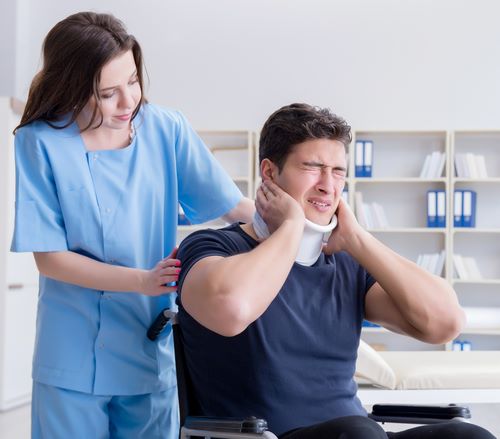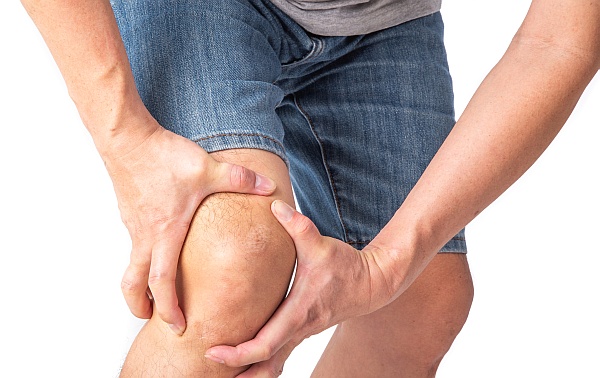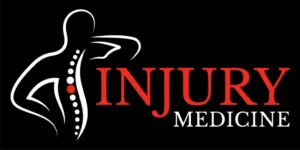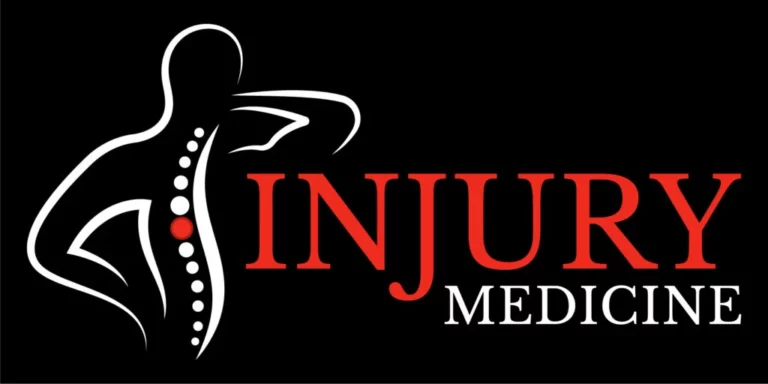- hip injury
Hip injuries can be debilitating and affect your ability to move freely. They are often caused by various factors, ranging from trauma to overuse injuries. Understanding the common causes of hip injury is essential in preventing them from happening or seeking treatment at the earliest stage possible.
In this blog post, we have compiled a list of the most frequent reasons for hip injuries and provided insight into how to manage them effectively. Whether you’re an athlete or someone who leads a sedentary lifestyle, keep reading to learn more about hip injuries and how we can treat them at our South Carolina injury centers.
Tendonitis
Tendonitis, also known as tendinitis, is a condition that occurs when tendons become inflamed or irritated. Tendons are the thick fibrous cords that attach muscles to bones and help in movement.
This type of injury commonly affects athletes who engage in repetitive motions, such as runners, tennis players, and golfers. It can also occur in people whose jobs require repetitive movements like typing or assembly line work.
Symptoms of tendonitis include pain and stiffness around the affected area. The pain may worsen with activity and improve with rest. In severe cases, there may be swelling and redness around the affected joint.
Treatment for tendonitis typically involves rest, ice therapy, compression, and elevation of the affected area. Anti-inflammatory medications or corticosteroid injections may be recommended to reduce inflammation.
Prevention measures for tendonitis include warming up before engaging in physical activity, using proper equipment during sports or exercise routines, and taking frequent breaks if your job involves repetitive movements.
Bursitis
Bursitis is a common cause of hip pain caused by inflammation of the bursae, which are small fluid-filled sacs that cushion and lubricate joints. The most common type of bursitis in the hip is trochanteric bursitis, which affects the outer part of the thigh bone.
This condition can be caused by overuse or trauma to the hip joint, but it’s more commonly seen in people with underlying conditions such as rheumatoid arthritis or gout. Symptoms may include tenderness, swelling, and limited range of motion.
Treatment for bursitis may involve rest, ice therapy, anti-inflammatory medication, and physical therapy to strengthen muscles around the affected area. In severe cases where conservative treatment doesn’t work, corticosteroid injections or surgery may be necessary.
It’s important to seek medical attention if you suspect you have bursitis, as early intervention can prevent long-term complications. Taking care of your hip joint and addressing any underlying conditions that increase your risk of developing this painful condition can reduce your chances of experiencing debilitating symptoms.
Labral Tears
Labral tears are a common hip injury that can occur due to various reasons such as trauma, overuse injuries, or impingement syndrome. The labrum is a cartilage ring around the hip joint socket that helps stabilize and cushion the joint during movement.
A tear in this structure can lead to pain and instability in the hip joint. Athletes who participate in sports involving repetitive twisting or sudden pivoting movements are at an increased risk of developing labral tears.
Symptoms may include pain in the groin area, stiffness, clicking or catching sensations, and limited range of motion. If left untreated, labral tears can potentially cause further damage to surrounding structures such as tendons and ligaments.
Diagnosis often involves imaging tests such as MRI scans, and treatment options vary depending on severity but may include physical therapy, medication, or even surgery if necessary.
Impingement Syndrome
Impingement syndrome is a condition that occurs when there is pressure on the soft tissues surrounding the hip joint, leading to pain and discomfort. Structural abnormalities in the hip joint or overuse injuries can cause this condition.
One of the most common causes of impingement syndrome is repetitive activities involving flexion and hip joint rotation. These activities can cause irritation and inflammation of the soft tissues around the joint, leading to pain.
Another possible cause of impingement syndrome is structural abnormalities in the hip joint, such as bone spurs or labral tears. These abnormalities can cause friction between different structures within the hip joint, leading to pain and discomfort.
Symptoms of impingement syndrome may include pain in the groin area or outer thigh, stiffness in the hip joint, decreased range of motion, and clicking or popping sounds during movement.
Treatment for this condition may include rest, physical therapy exercises to improve strength and flexibility in surrounding muscles, anti-inflammatory medications, corticosteroid injections into affected joints/tendons/bursa areas, and surgery (in some cases).
Snapping Hip Syndrome
Snapping hip syndrome, also known as coxa saltans, is a condition with an audible snapping or popping sensation when the hip joint moves. This can be caused by tendons rubbing over bone or cartilage within the joint.
There are two main types of snapping hip syndrome: internal and external. Internal snapping occurs when the iliopsoas tendon snaps over the bony prominence at the front of the hip joint. External snapping occurs when the iliotibial band or gluteus maximus tendon snaps over a protrusion outside the hip bone.
Symptoms may include pain, weakness, and limited range of motion in the affected leg. Treatment options for snapping hip syndrome depend on its severity but often involve rest, physical therapy exercises to strengthen muscles around your hips, and anti-inflammatory medication.
If conservative treatments do not provide relief, surgery may be necessary to correct any underlying structural problems causing Snapping Hip Syndrome. It’s essential to consult with a medical professional if you’re experiencing symptoms so they can diagnose this condition correctly and recommend appropriate treatment options.
Piriformis Syndrome
Piriformis Syndrome is a condition that occurs when the piriformis muscle, which is located in the buttock region, becomes inflamed or irritated. This can cause pain and discomfort in the hip area and down the back of the leg.
The piriformis muscle plays an important role in hip rotation and stability. When it becomes tight or strained, it can compress the sciatic nerve that runs beneath it, leading to symptoms similar to those of sciatica.
Some common causes of Piriformis Syndrome include overuse injuries due to repetitive motions such as running or cycling, sitting for prolonged periods without taking breaks to stretch or move around, and direct trauma such as a fall onto one side of your buttocks.
Symptoms may include pain in the buttock region that radiates down into the thigh and calf muscles, numbness or tingling sensations in these areas, and difficulty sitting comfortably for extended periods.
If you suspect you have Piriformis Syndrome, seek medical attention from a healthcare professional specializing in treating musculoskeletal conditions. Treatment options may include physical therapy exercises to stretch and strengthen affected muscles and medications like nonsteroidal anti-inflammatory drugs (NSAIDs) to reduce pain and inflammation.
Contact Injury Medicine to Get the Best Treatment Hip Injury Treatment in Greenville!
If you are experiencing any symptoms of hip injury or have been recently diagnosed, it is essential to seek proper medical attention. Ignoring the pain and discomfort can lead to further complications and long-term damage.
Our team at Injury Medicine understands the importance of accurate diagnosis and effective treatment for hip injuries. We offer a range of personalized treatment options to help patients recover from their injuries quickly. Our specialists use state-of-the-art technology and methods to ensure our treatments are efficient, safe, and minimally invasive.
If you’re looking for comprehensive care in Greenville, look no further than Injury Medicine. Contact us today at 864-866-PAIN to schedule an appointment with one of our experienced healthcare professionals.





